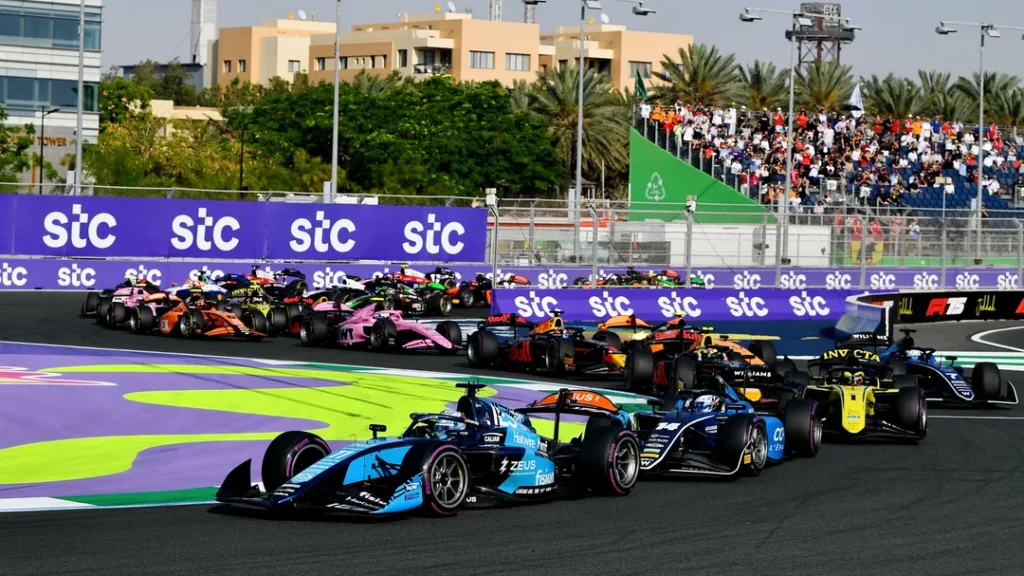
As Formula 1 races toward its 2026 regulation overhaul, two crucial conversations are taking center stage: sustainable fuel innovation and the ongoing struggle with race strategy stagnation. Recent developments in Formula 2 and Formula 3, as well as creative discussions around tire regulations, are shaping F1’s next era in unexpected ways.
Learning from F2 and F3: The Sustainable Fuel Roadmap
A key pillar of F1’s 2026 vision is a 100% sustainable fuel, designed to reduce the sport’s carbon footprint without sacrificing performance. Encouragingly, Formula 2 and Formula 3 have already begun acting as real-world laboratories. As by F1, and heavily discussed among fans, the early results are promising but nuanced.
The consensus among engineers and observers is clear: achieving “drop-in” fuels that match current performance levels without requiring massive engine redesigns is harder than it sounds. F2/F3 experiences are highlighting challenges around cold-start behavior, fuel energy density, and maintaining consistent combustion. It is encouraging to see F1 actively learning from these early tests before rolling out changes at the top level, a proactive approach that fans and insiders alike have praised as a significant cultural shift for the sport.
Beyond the technical hurdles, the long-term significance cannot be overstated. Perfecting sustainable fuel technology could deliver benefits far beyond the racetrack, offering a legacy achievement for Formula 1 that reinforces its role as a technological pioneer rather than a mere entertainment platform.
Teams and fuel suppliers are thus locked in a delicate balance between innovation and pragmatism. Radical new fuels could backfire spectacularly; measured step-changes offer the better path to blend environmental responsibility with the traditional performance expectations of Grand Prix racing.
Solving the One-Stop Epidemic
Meanwhile, Formula 1 faces a different kind of challenge on Sundays: the “one-stop epidemic” that has drained much of the tactical intrigue from modern races. As covered in The Race and further debated among fans, the situation stems largely from Pirelli’s cautious tire philosophy, which unintentionally encourages predictable race strategies.
Addressing this issue requires reintroducing a level of strategic unpredictability. Ideas gaining attention include adjusting pitlane speed limits to make additional stops less punitive, mandating the use of all three tire compounds during a race, or redesigning compounds to degrade more non-linearly. Each of these options has potential to make strategy more dynamic without resorting to artificial gimmicks.
From a fan and analyst perspective, the revival of Q3-only tires could also force teams into meaningful trade-offs between qualifying and race performance, adding another layer of complexity. There is a strong belief that teams have become too good at managing tires under current conditions, and that unless compounds become genuinely challenging to manage across stints, strategy will remain stagnant.
Ultimately, the issue is not that F1 has forgotten how to create exciting races: it’s that the margins for unpredictability have been systematically engineered out in pursuit of control and optimization. Fixing that requires regulatory bravery, not nostalgia.
A Balancing Act Ahead
F1’s simultaneous push to green its fuel sources and revitalize race dynamics highlights a broader truth: evolution in motorsport is rarely about a single headline change. It’s about dozens of careful micro-adjustments that collectively define the next generation of racing.
The 2026 season isn’t just about new power units or lighter cars. It’s shaping up to be a philosophical crossroads, where performance, entertainment, and sustainability will either harmonize or collide. If the lessons from F2/F3 and the ideas around race format tweaks are taken seriously, F1 could pull off one of its most ambitious transformations yet.
Done correctly, sustainable fuels could secure F1’s future credibility in a world demanding greener technologies, while smarter race design could recapture the excitement and unpredictability that made fans fall in love with the sport in the first place. As the next era looms, the key will be learning not just from simulations and spreadsheets, but from the passionate voices and sharp insights that continue to fuel F1’s vibrant community.
